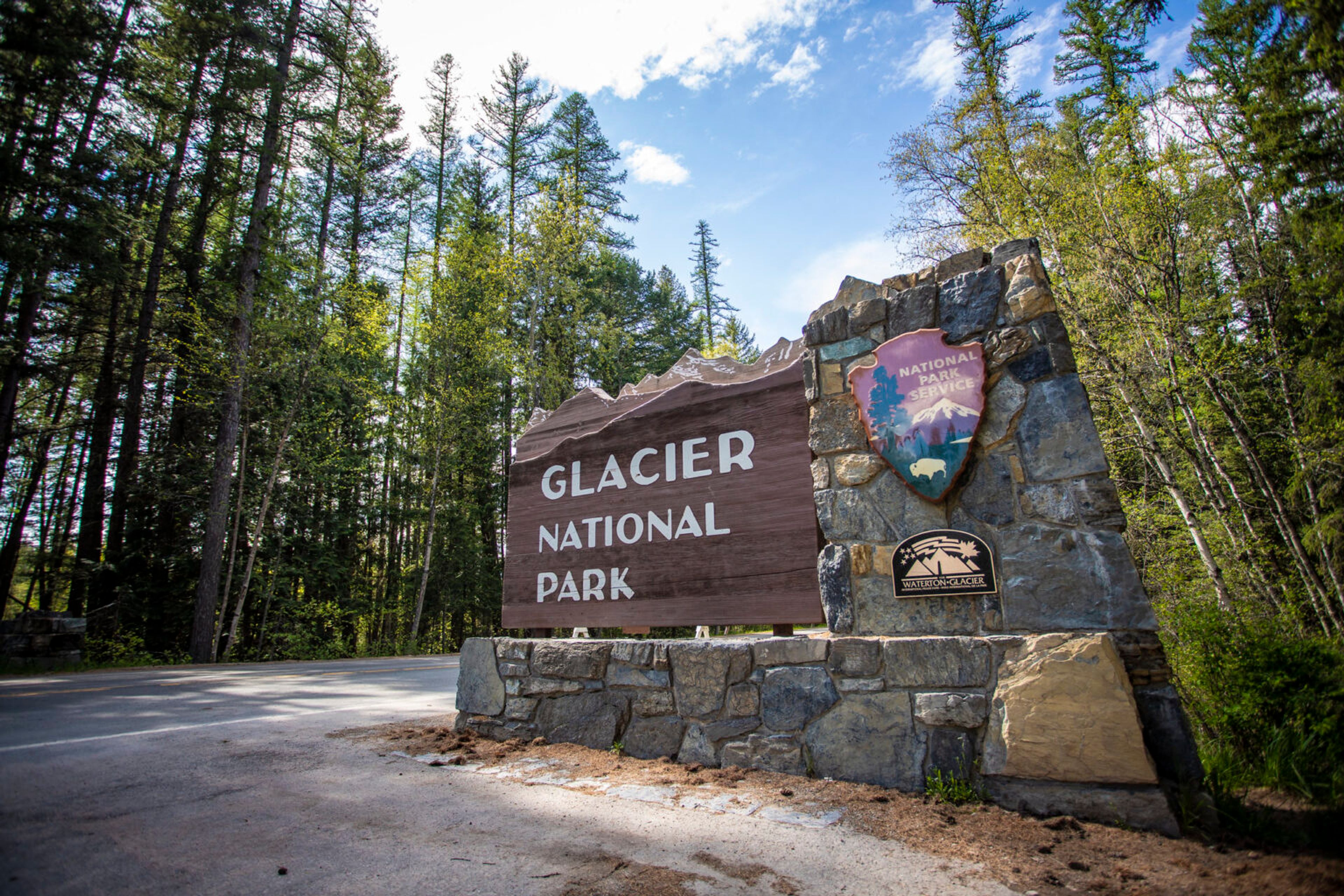Glacier, Yellowstone numbers are up
Both parks are on track for their second-busiest seasons in their history
Glacier National Park welcomed a record number of visitors in September, according to visitation data released by the National Park Service last week.
More than 600,000 visitors passed through one of Glacier’s entrances during September, nearly 50,000 more than in 2023. So far in 2024, 3,001,595 people have visited the park, just the third time that number has eclipsed 3 million and a 9% increase over last year.
The boost in recreation visits followed the end of the vehicle reservation system that manages access to the popular destination and was in place until Labor Day Weekend.
“When vehicle reservation ended, the park still saw a high number of visitors. This includes all entrances of the park, but the most concentrated number of visitors were at the West Entrance, and the St. Mary Entrance. Both entrances had the highest numbers recorded with our current records going back 26 years,” Glacier spokesperson Autumn Sifuentes told the Daily Montanan.
“The vehicle reservation pilot was able to manage the larger number of visitors in September by allowing visitors without a vehicle reservation to explore the Apgar area, enter through the St. Mary Entrance, where the park is less congested, and go to Two Medicine. Allowing visitors to access Apgar and the St. Mary Entrance spread visitors throughout the park, instead of visitors primarily accessing the West Entrance.”
Glacier saw a substantial increase in visitation beginning in 2016, and park officials instigated the vehicle reservation system in 2020 as a pilot program. The reservation system has changed each year as officials have solicited feedback from visitors, concessionaires and local business owners, and different entrances and timeframes that require reservations have been tested in various iterations.
In 2024, the pilot program removed the St. Mary entrance on the park’s east side from the reservation system, and moved the check point to access Going-to-the-Sun Road on the west side past the Apgar Visitor Center, allowing visitors access to some park facilities and park shuttles without needing a reservation. Roughly half of the park’s visitors enter through the West Entrance.
“Moving the vehicle reservation check point to the Apgar check point ... meant more visitors entered through the West Entrance,” Sifuentes said. “The St. Mary Entrance had a larger spike in visitors than previous years, as a vehicle reservation was not required in 2024. Even with the increase in visitors, we were able to manage congestion issues without any closures.”
In recent years, Glacier has seen around 150,000 visitors during October and 20,000 each in November and December, which would bring total numbers for 2024 just shy of the 2017 record of 3.3 million visitors.
Yellowstone visitation ticks up
Yellowstone National Park hosted 838,458 visitors last month, the second highest September on record, according to National Park Service data. So far in 2024, the park has hosted 4,349,689 recreation visits, up 5% from 2023. The year-to-date numbers are just 120,000 lower than in 2021, the park’s record-setting year.
Similar to Glacier, Yellowstone received a boost in visitor numbers beginning in 2015 and has recorded more than 4 million visitors every year since with two exceptions — 2020, when COVID-19 limited park operations, and in 2022 when historic flooding shut down the park during June.
The popularity of Montana’s two national parks helps anchor the state’s recreation economy, which brought in more than $716 million in spending to communities near the parks in 2023.
According to a report released by the NPS earlier this year, Park Service sites in Montana, which also include Big Hole National Battlefield, Grant-Kohrs Ranch National Historic Site, Bighorn Canyon National Recreation Area, and Little Bighorn Battlefield National Monument, supported about 10,900 jobs in Montana, and contributed about $1.1 billion in economic output.
Micah writes about Montana’s environment and state and local politics. He’s been known to run long distances around the Flathead Valley and Glacier National Park where he lives, works and plays.









